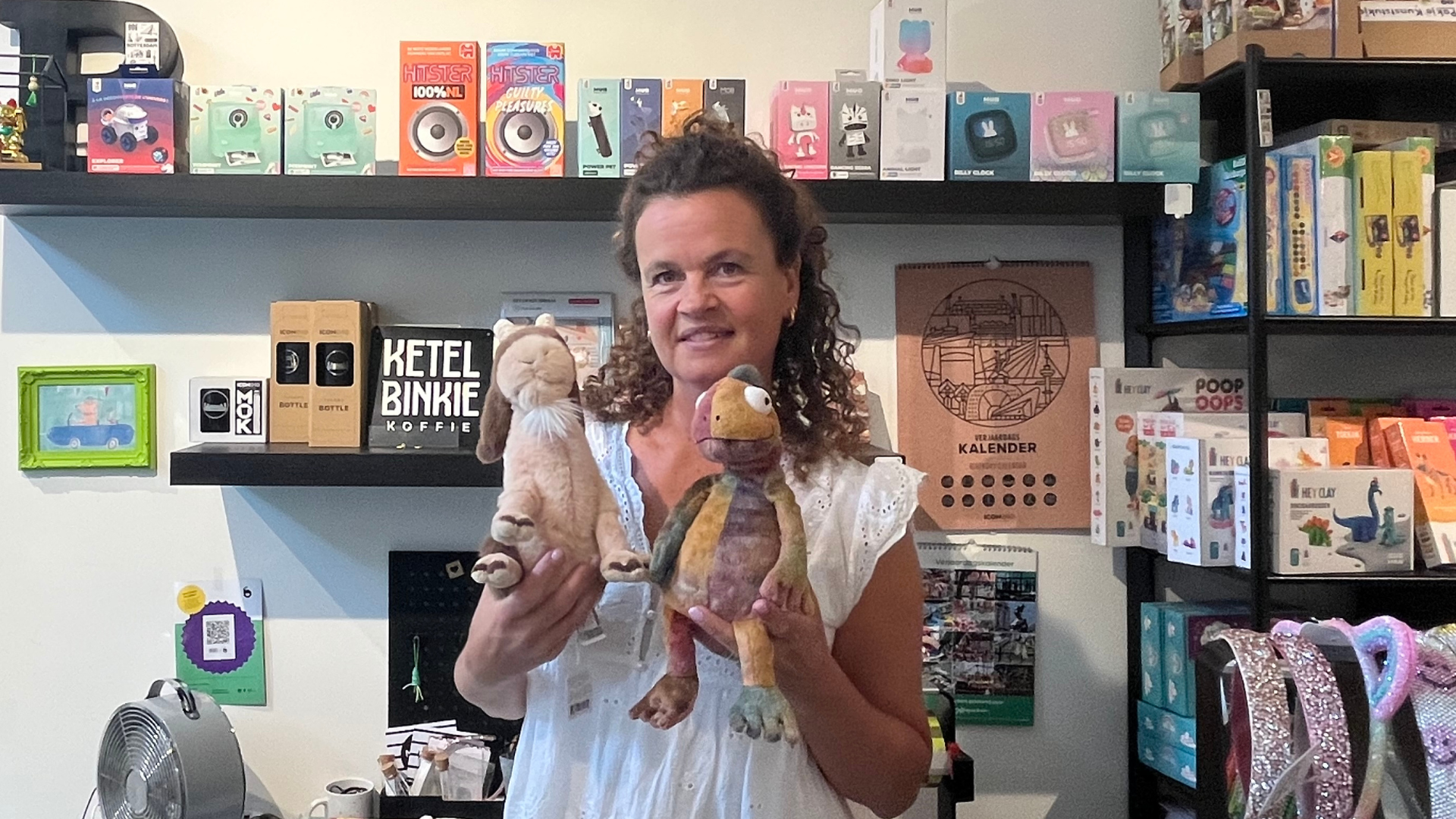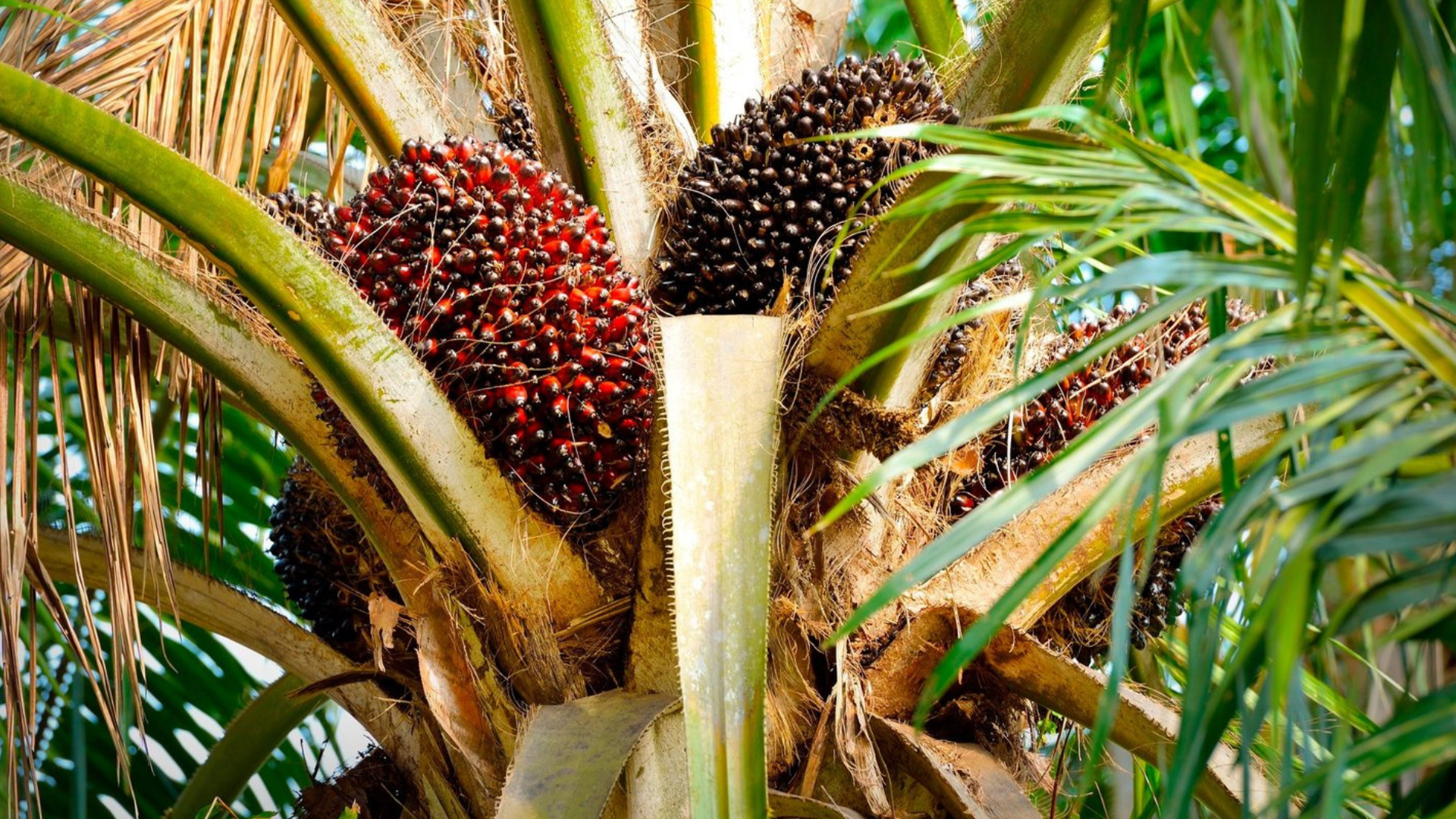Do you want to start the new year with a clean slate? In this article we tell you more about the Zero Waste lifestyle and its impact on the environment. We also asked the ladies of The Zero Waste Project for their best advice on the topic, so that you can get started right away.
Since mankind is increasingly aware of the negative impact of our waste on the environment, the Zero Waste lifestyle has become a trending topic. In this blog we explain what this term means, and we also share some easy tips to reduce your own waste production, namely:
- Finish what you have at home first
- Replace disposable products
- Clean up your mailbox
- Think beyond your bins
- Buy refurbished
These tips were brought to you with the help of the girls from Het Zero Waste Project. In case you would like to read more on the topic, you should visit their website.
Zero Waste: An introduction
The name says it all: living Zero Waste means that you try to produce as little waste as possible. However, there are several different ways to achieve this goal.
Zero Waste is sometimes associated with a minimalist life, in which you acquire as few possessions as possible. However, this is not the only option! Zero Waste living can also mean that you pay a lot of attention to recycling your waste in the right way, that you stop buying plastic or that you only buy second-hand. Another option is to make the products you need yourself. This is not only good for the environment, but also a lot of fun to do. Finally, you can also choose to go for biodegradable products whenever you can. You can read more information about the different strategies to live Zero Waste on this page.
Thus, completely eliminating your waste is certainly an option, but you can also achieve a lot with less. Every little bit helps!

Why Zero Waste?
The average Dutch person produces no less than 490 kilos of waste per year. We hand in less than 60% of this waste separately. Sorting and processing our waste not only costs a lot of time and money, but also leads to increased CO2 emissions – according to recent estimations, 42% of all greenhouse gas emissions is a direct result of the production and consumption of goods. Moreover, a significant share of our waste cannot be reused, which means that valuable materials get lost in the process.
If you live Zero Waste as much as possible, you limit your contribution to this large-scale pollution. By reducing your consumption, you avoid the unnecessary waste of raw materials that are needed to produce goods and packaging, while you ensure that less valuable materials get lost during waste processing by recycling properly. In addition, by buying biodegradable products, you make sure that fewer harmful substances end up in nature.

Five tips to reduce your waste production
The ladies of Het Zero Waste project have been living Zero Waste since 2014. They also write about their experiences on their blog and have published two books on the subject. To help you on your way, they shared the following tips:
1. Finish what you have at home first.

It’s hard not to rush into it once you get excited about the Zero Waste lifestyle. However, it is a better idea to postpone looking for an alternative until one of the products that you use is running out.
Is your shampoo bottle almost empty? Then do some research on how shampoo bars work and which types there are. This prevents you from falling back into your old habits after getting off to a flying start because you took on too much at once. It’s a lot easier to gradually adjust your consumption patterns, so the changes feel less overwhelming.
This also makes it much easier to keep up the good work. In addition, it is needless to say that it would be a wasteful practice in itself to not use up your old products, even though they may be less environmentally friendly.
2. Replace disposable products.

Replacing disposable products with reusable alternatives is one of the best actions you can take for yourself and the environment.
After investing the time and effort to look for a replacement once, you never have to run to the store for this product again – for example, when your sandwich bags run out.
We have already mentioned some options in this blog, but there exist many more alternatives out there. Replace your plastic bottles with a Dopper, your sandwich bags with a Keepleaf, your cotton pads with a washable version and your paper coffee cups with a stylish Chilly’s Cup.
3. Clean up your mailbox

Our third tip may be a little less obvious, but it is equally impactful. Do you also receive a lot of unnecessary mail that immediately disappears into your bin? Then it’s time for a big clean.
Unsubscribe from all advertising brochures that you are not interested in and give government authorities permission to contact you digitally from now on. If you unsubscribe every time you receive something that you do not need, you gradually work towards an empty mailbox and a calmer mind.
It might be a good idea to also apply this technique to your digital mailbox, so that you will not be bombarded with all kinds of messages anymore in the future.
4. Think beyond your bins

The principles behind Zero Waste are applicable to much more than your trash. You can also reduce your ecological footprint in other, less obvious areas. Look into the bank where you store your money or investigate the insurance policies you have taken out, for instance.
As we already discussed in this blog, there exist handy tools that help you to gain more insight into what your money is being used for.
Does your bank invest in fossil fuels? Then switch to a bank that finances sustainable projects. Switching banks is usually much easier than you think and can be arranged within a short time.
5. Buy refurbished

E-waste is one of the most polluting streams of waste, as many electronic devices contain materials that are harmful to the environment.
Fortunately, you can hand in your old devices or have them repaired in many places. You can drop them off at the designated containers or the recycling centers, but you can also have us pick them up at your home by making an appointment in the Byewaste app.
When purchasing a new device, you can take the environment into account too. If you don’t always opt for the newest technologies, purchasing a refurbished phone or laptop might be a good idea. This way, you give discarded devices a second life while spending less money!
Are you planning to reduce your waste production? Then don’t forget to follow The Zero Waste project for more useful tips.






.png)


